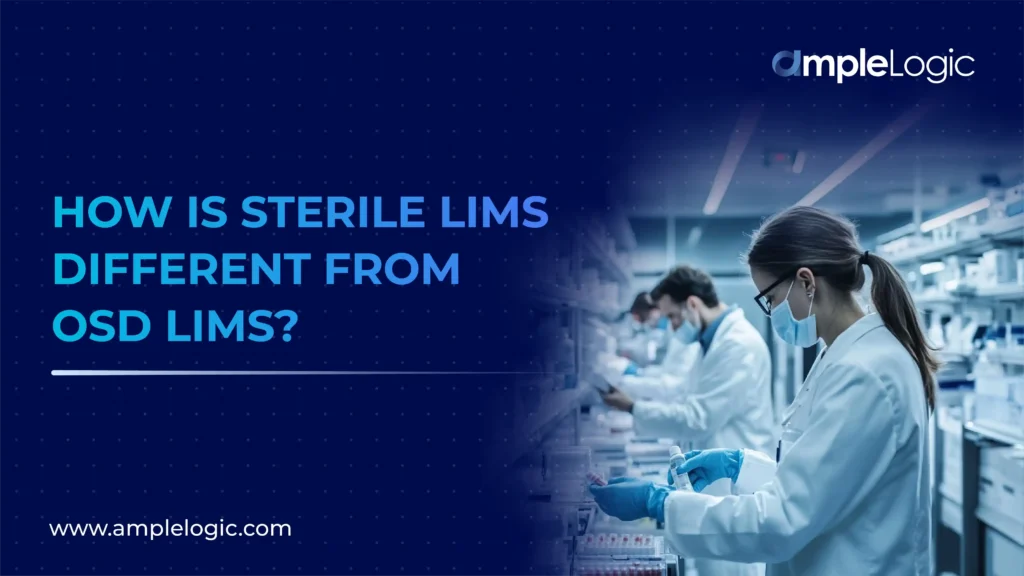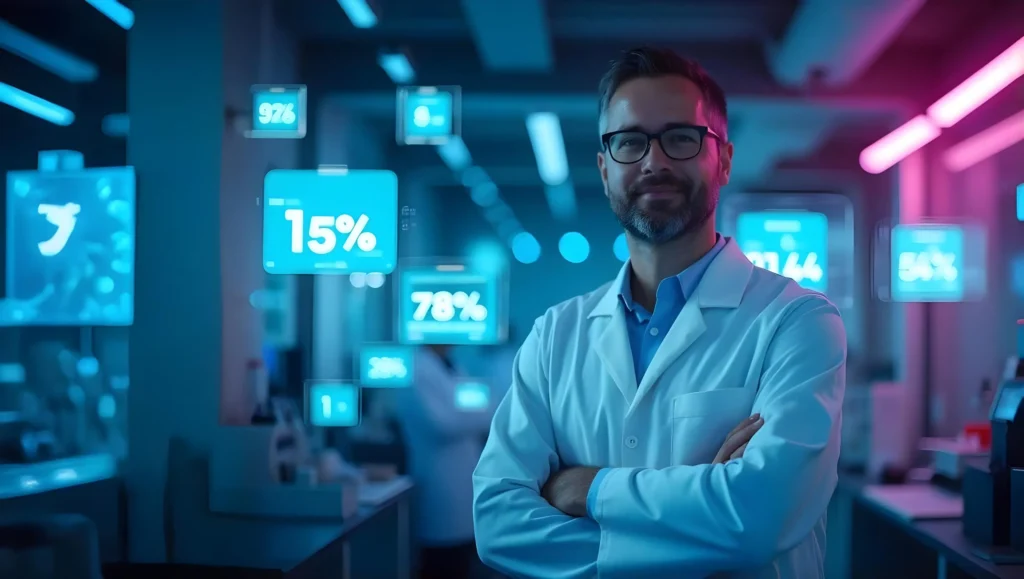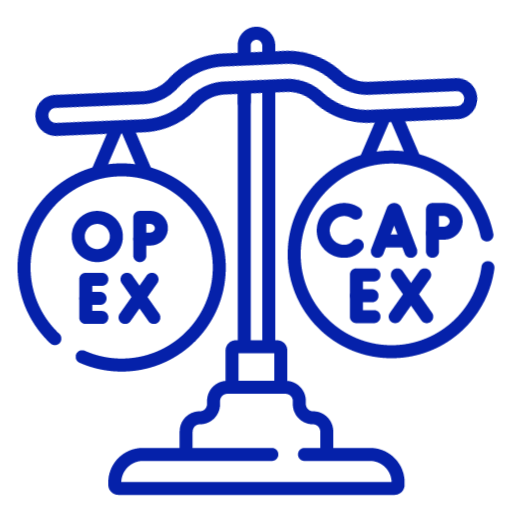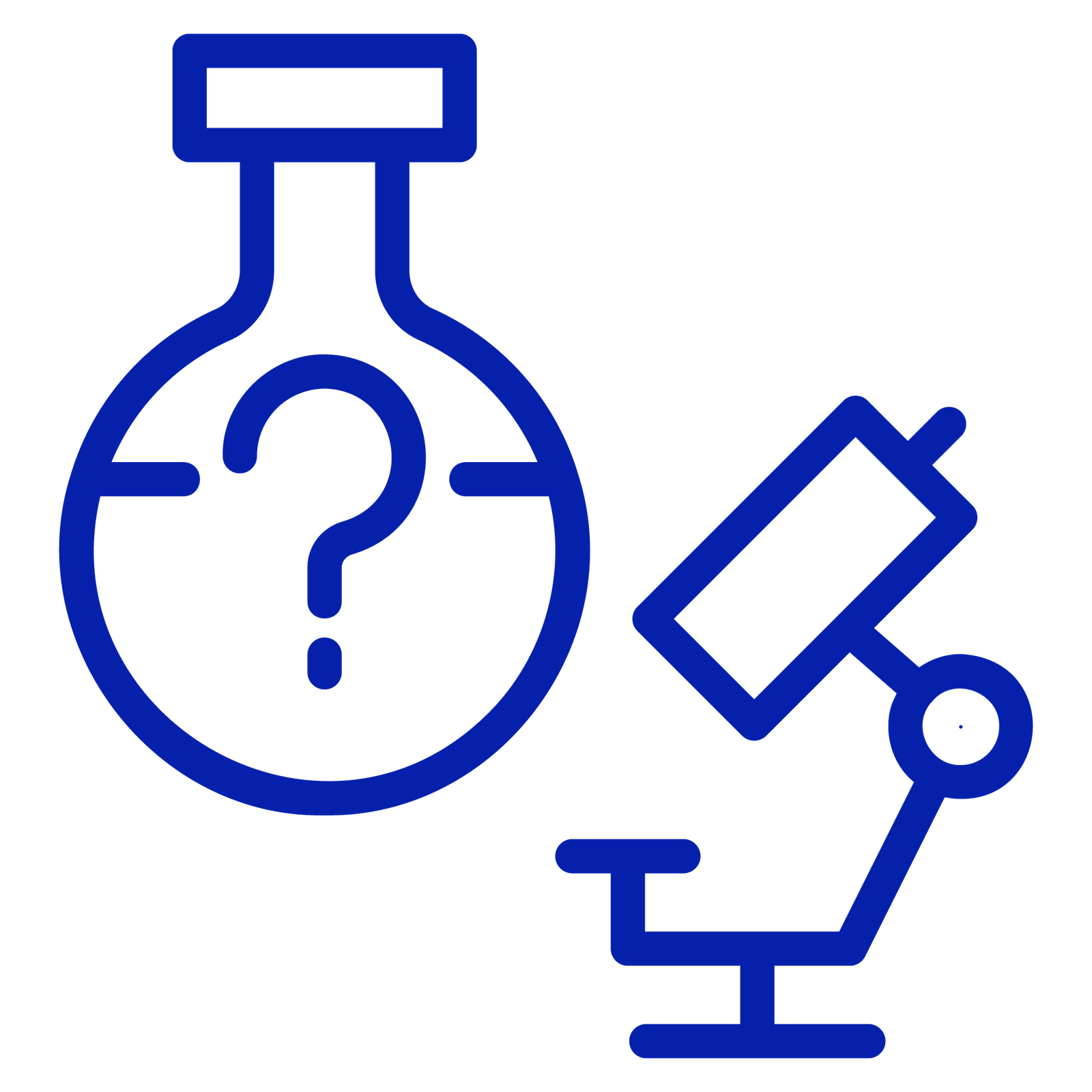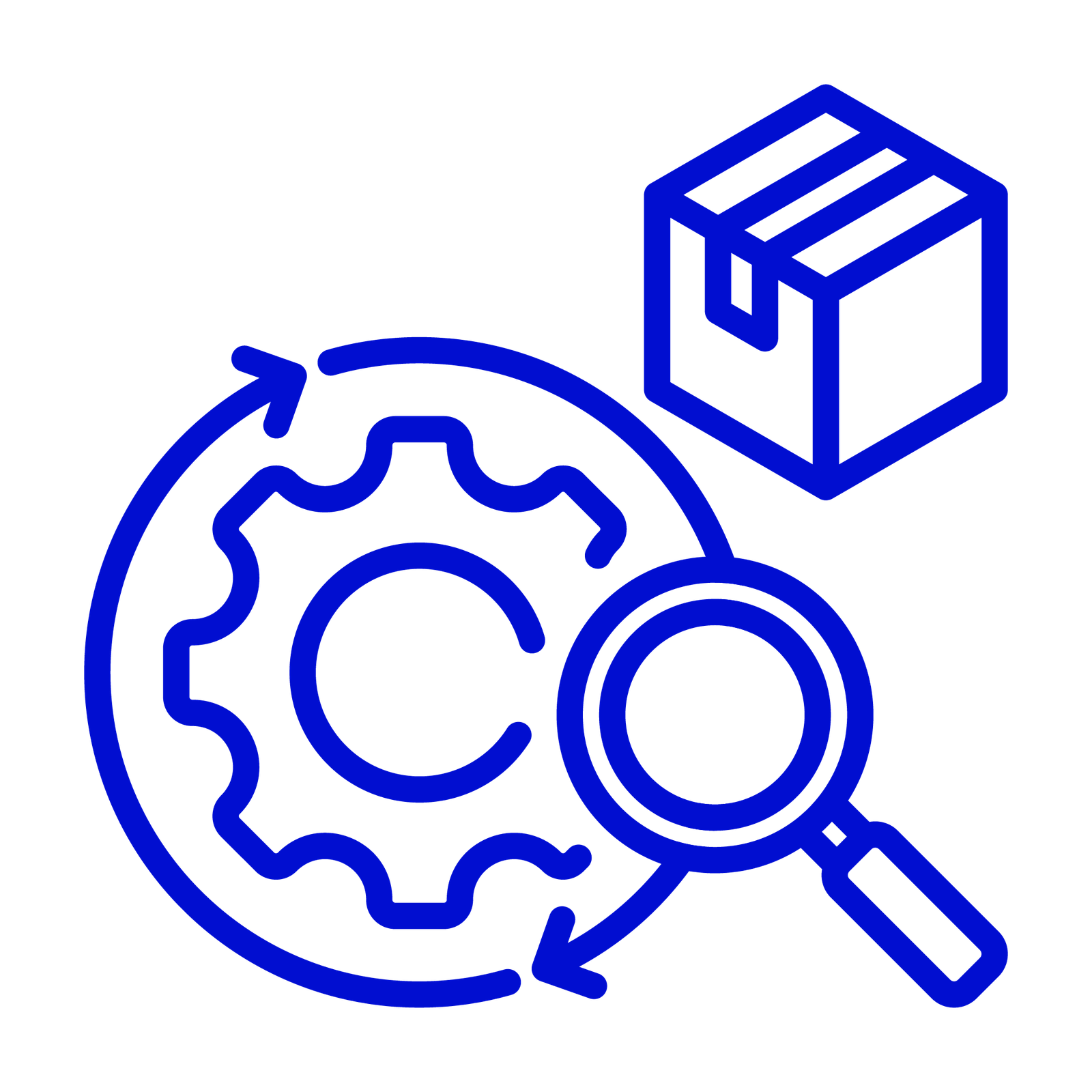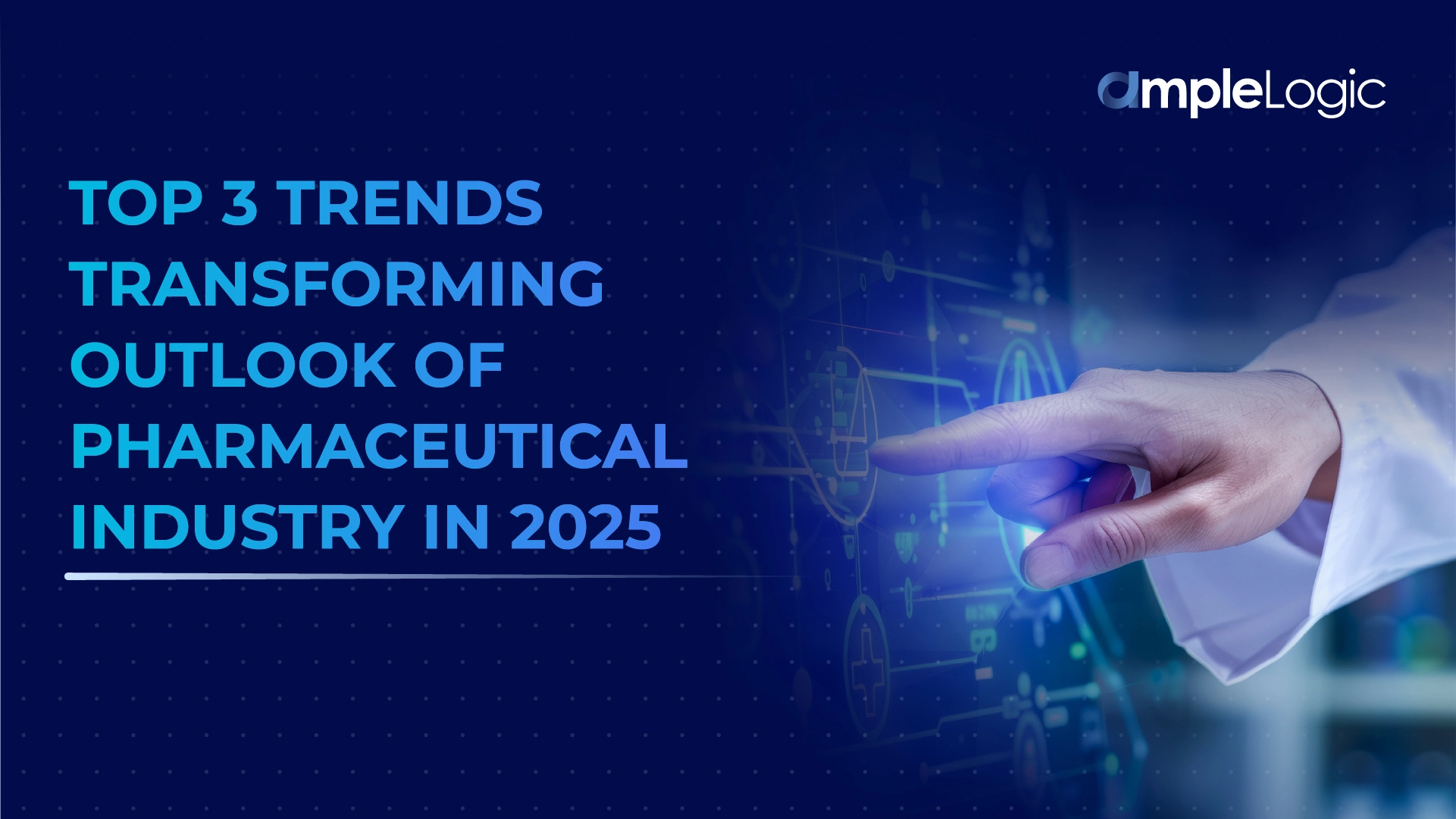
The pharmaceutical industry in 2025 is no longer debating whether to change; it’s figuring out how fast it can. With scientific discovery moving faster than regulatory frameworks can adapt, and operational models being stress-tested by geopolitical and supply chain volatility, the sector is redefining how it builds resilience, delivers therapies, and manages data.
Here are 5 critical shifts that are dynamically moulding the future
1. AI is moving upstream, and it’s no longer experimental
AI is now an infrastructural need. What began with early pilots in molecule discovery and trial recruitment is now embedded across the value chain. In 2025, we are seeing AI actively shape regulatory submission strategies, automate compliance documentation, and fine-tune batch manufacturing.
Pharma giants are integrating AI not as a separate track but as a core operating model, especially in adaptive trials and real-world evidence capture. The shift? It’s from use case to use layer.
2. Supply chain resilience is now a boardroom priority
COVID was the wake-up call. However, post-2020 disruptions from global instability to ingredient shortages have made one thing clear: pharma can no longer afford opaque or reactive supply chains.
Digital twins, predictive analytics, and real-time visibility platforms are changing pharma’s approach to sourcing and distribution. Companies are already scenario-planning for volatility as the norm.
What’s next: Localized, digitally visible manufacturing networks, especially in generics and APIs, will define the next wave of operational agility.
3. Personalized medicine is making the jump from lab to market
Gene therapies, mRNA platforms, and CAR-T are crossing from niche to near-mainstream. Regulatory bodies are catching up, and so are commercial models. In 2025, the conversation has moved beyond feasibility. It is about accessibility, reimbursement, and the logistics of delivering hyper-targeted therapies at scale.
What’s next: Digital health tools will become critical to scaling personalized treatments, from patient onboarding to at-home monitoring.
4. Blockchain is unlocking trust in data and traceability
Blockchain is no longer hypothetical in pharma. It is being deployed to create immutable, time-stamped audit trails across clinical trials, manufacturing records, and supply chains. In 2025, blockchain is emerging as a credible solution for compliance-heavy workflows, particularly where multi-stakeholder transparency is required.
Pilot programs are validating their use for trial consent management, drug provenance, and real-time monitoring of quality events across partners.
What’s next: Integration with serialization platforms, digital signatures, and automated alerts for deviations and non-compliance.
5. Cloud-native infrastructure is the new baseline
Gone are the days of retrofitting on-premise systems with cloud wrappers. The industry is shifting toward cloud-native platforms, designed for scale, mobility, and compliance from day one. Cloud-native systems enable pharma companies to deploy updates faster, respond to audits in real time, and collaborate across geographies with less overhead.
Especially in manufacturing and QA, cloud-native tools offer a unified data backbone that simplifies regulatory alignment and accelerates tech transfer.
What’s next: Composable architecture models that allow pharma to plug in new functionalities from IoT sensors to AI diagnostics without reengineering the whole stack
How AmpleLogic is Quietly Setting the Pace?
While much of the industry is still adapting, companies like AmpleLogic are already architecting what digital pharma looks like on the ground.
From AI-powered Quality Management Systems to digital batch records and GxP-compliant document workflows, AmpleLogic is helping pharma rewire its operational DNA. Its platforms are being adopted across manufacturing floors, QA/QC labs, and regulatory departments, not as bolt-ons but as foundational tools.
AmpleLogic’s edge? Domain specificity. Every solution is built with the regulatory nuance and manufacturing complexity of life sciences in mind, not retrofitted from generic enterprise tools.
Final Thought
Pharma in 2025 is not defined by any one technology or breakthrough. It’s characterized by how quickly and intelligently companies can integrate multiple transformations at once.
Those who can align tech, regulation, and patient needs in real time? They’re the ones rewriting the playbook. Book a free demo today and experience how our low-code platforms can effectively streamline your compliance journey. Ready to dive deeper? Check out our resources page for extensive articles and insights that will empower your decision-making.





